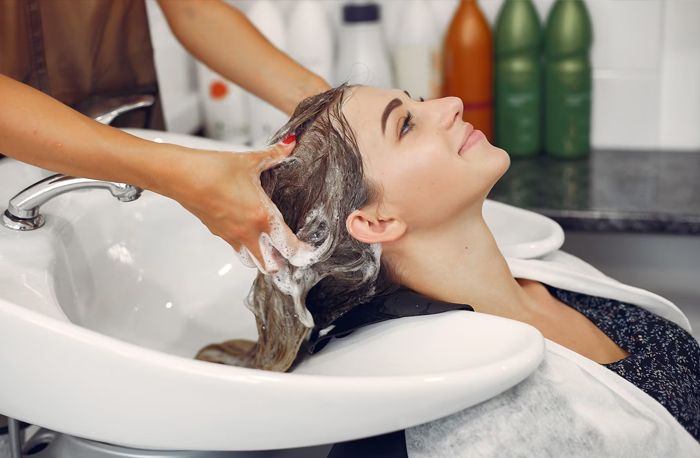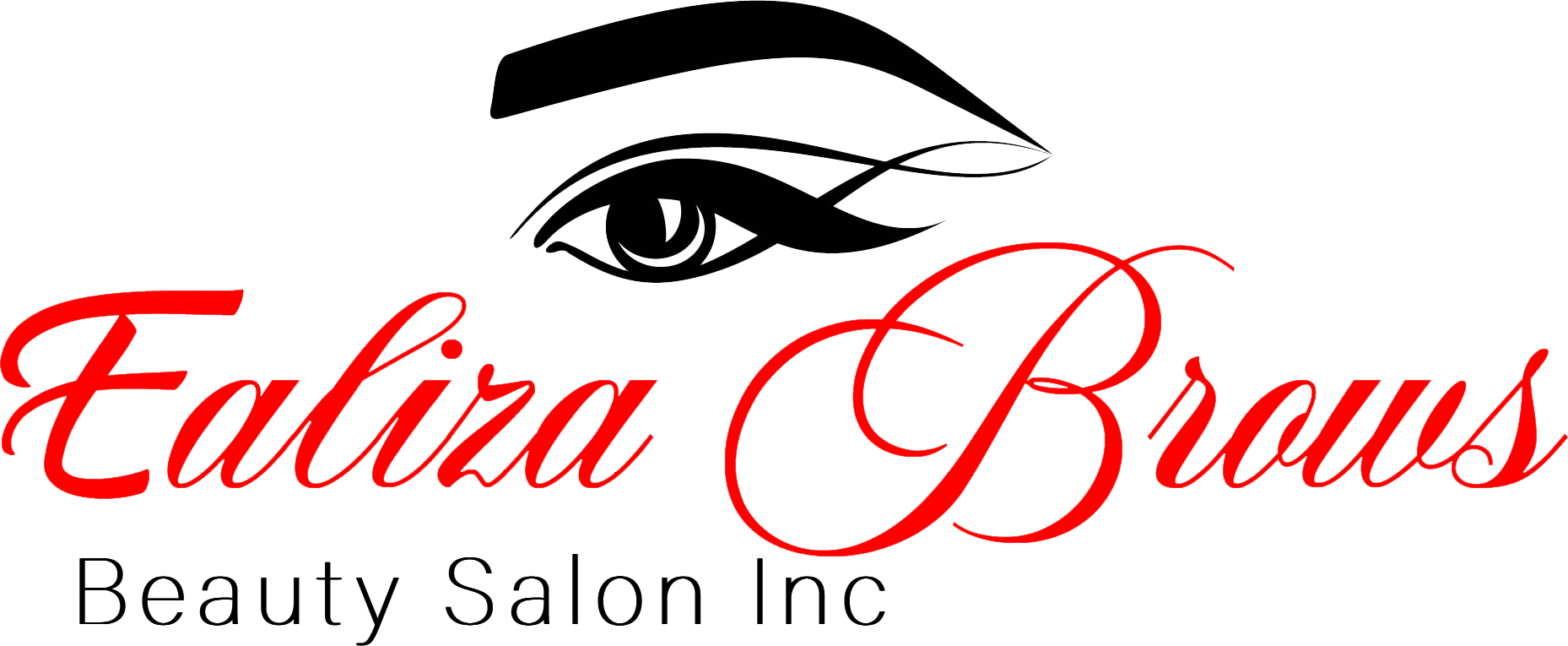Shampoo / Conditioning
Dermatologists many a times encounter questions from patients and even colleagues asking about how to keep their hair looking clean, healthy and beautiful. Therefore, familiarity and a basic knowledge of the available hair care products will help them to guide their patients properly. A shampoo not only provides the cleaning of the scalp skin and hair as its primary function, but in addition also serves to condition and beautify hair and acts as an adjunct in the management of various scalp disorders. To achieve this, various ingredients in the correct proportion are mixed to provide a shampoo which is suitable for individuals having different hair types and hair need. Among the ingredients that go into the making of a shampoo are detergents, conditioners, thickeners, sequestering agents, pH adjusters, preservatives and specialty additives. Hair conditioners are designed to improve hair manageability, decrease hair static electricity and add luster. They are used in several ways depending upon the state of hair and requirement of the individual. This article attempts to put forward the basic and practical aspects regarding use of these products.
Price
What shampoos do?
Shampoos are used primarily to clean the scalp of dirt and other environmental pollutants, sebum, sweat, desquamated corneocytes (scales), and other greasy residues including previously applied hair care products such as oils, lotions and sprays. It is easy to formulate a shampoo which will remove all of the sebum and dirt from the hair and scalp, but this will leave the hair, frizzy, dry, unmanageable and unattractive. Shampoo now is also supposed to have a secondary function which serves to condition and beautify hair and to soothe the irritated scalp skin in conditions like seborrheic dermatitis. The challenge is to remove just enough sebum to allow the hair to appear clean and leave behind enough conditioning agents to leave the hair soft, shiny and manageable. This balancing act between good cleaning and beautifying the hair is an art achieved by mixing various ingredients in the correct proportion in the shampoo preparation. The modern advances in chemistry and technology have made it possible to replace the soap bases with complex formulation which contain cleansing agents, conditioning agents along with functional additives, preservative, aesthetic additives and sometimes even medically active ingredients.

What makes for a healthy hair?
Healthy hair looks clean, soft to feel, shiny, untangled, has no frizz and is bouncy when shaking the head. To have this, you require not only a good overall health and freedom from disease but a daily chore of maintenance and grooming of hair. For a smooth, wet and dry feel, friction between hair and skin should be minimized in wet and dry environment, respectively, and if you desire a good feel with respect to bouncing and shaking of the hair during walking and running, friction low between hair fibers. Shampoos and conditioners of today target some of the factors responsible for helping the hair look healthy through their various ingredients.

Shampoo
Shampoo in simple terms is a hair care product designed to clean the scalp skin along with its hairs. Incidentally, the term shampoo entered the English language through India where the Hindi word “champoo” was used meaning to press or massage; it was used to denote cleaning through massage of the hair and skin. Cleaning the hair has always been a tough task especially for women. An average western woman has 4-8 square meters of hair. This will probably be more for the average Indian women due to culture of keeping long hair. Traditional soaps which were used earlier for both skin and scalp are not recommended anymore for hair cleaning as they don’t have good lathering capability and leave behind “soap scum” when mixed with hard water which is difficult to rinse off. Modern shampoo as it is known today was first introduced in the 1930s with Drene, the first shampoo using synthetic surfactants instead of soap. Used initially for laundry and for cleaning carpets and cars, they later evolved as hair shampoo


